Managing the Books: 10 Essential ERP Accounting Features
Accounting and financials functionality laid the foundations for what we know as modern ERP systems. But what are the essential ERP accounting features that your business should look out for and how will they help to manage your processes?
General Ledger
This is “the books” where all the balance sheet and income statement details reside. Every inventory movement, every order that ships, every supplier payment and all the other transactions are posted to the GL and summarized as the familiar financial statements.
Financial Reporting
People want to know how the business is doing. The government wants to know for taxes and stockholder reports. The bank wants to know their loan is safe. The owners and managers want their fingers on the pulse too.
A/P
Part 1 of the yin and yang of ERP accounting, accounts payable is a list of all the money owed to others and due within a year. Most of this is due to suppliers for material purchases to inventory. Add to that all the supplies and rent and other payments coming due and you get A/P. People who work in A/P will write checks to the suppliers when the bills are due.
A/R
Part 2 of the yin and yang of ERP accounting, accounts receivable is a list of all the money owed by customers for purchases they made. Sales are made with payment terms such as net 30 meaning the customer has 30 days to pay. Most will pay on time but some will become past due - will your ERP system be able to help retrieve this money?
Payroll
A business needs to pay the employees who work there. Payroll is the name of the department that manages that part of the business. They keep track of hours worked for those who are paid hourly. They also track deductions for health insurance and taxes and send payments to the insurance company and those owed payroll taxes.
Fixed Assets
Fixed assets include buildings, land, and long-term machinery and equipment owned by a business. These assets need to be maintained. Usually the cost is spread over several years in the books through depreciation expense. Sometimes there is a tax on real estate to be paid to the government based on fixed assets.
Job Cost
In many businesses the cost to manufacture goods for sale is captured in a job. One job might include all the labor and materials needed for one customer order. The difference between job cost and sales revenue is profit on that job.
Control
One of the keystones of managing a business is control. Much of that control is managed by accounting. Comparing budget expenses to actual helps control costs. Measuring revenue from each customer helps control profitability. Measuring financial return on assets manages investments in equipment and buildings.
KPI
Key performance indicators are ERP metrics that are designed to monitor the overall health of a business quickly and easily on a frequent schedule. Few means there are often five or less numbers that are watched. An amusement park counted tickets sold before 9:30 AM and could predict the coming day and might send seasonal help home at that time and begin to close rides and food booths or they might request on-call help to come to work at that time.
Analysis
Accountants are often skilled analysts behind their green eye shades. They are detail-oriented people who know how to turn over stones to find the penny hidden underneath.
Free white paper
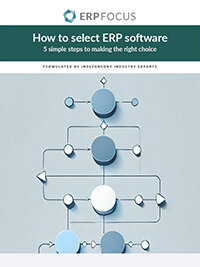
How to Select ERP
Learn to select your ERP in 5 easy steps by following our expert's advice
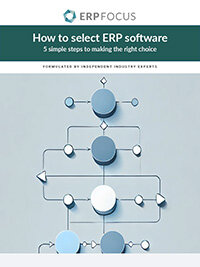
Featured white papers
-
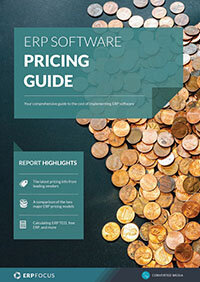
ERP Software Pricing Guide
Get the latest pricing information on over 80 popular ERP systems, and learn how to budget for your ERP project in our free guide
Download -
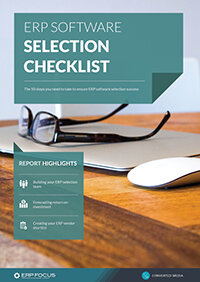
60-Step ERP Selection Checklist
Get the comprehensive checklist for your ERP selection project
Download -
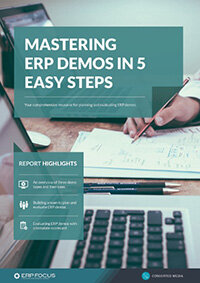
ERP Demo Guide & Scorecard
Master your ERP demo with 5 easy steps using our free guide (includes demo scorecard)
Download
Related articles
-

QuickBooks vs ERP: What ERP does better
Could your accounting & inventory management benefit from upgrading to ERP?
-

CMMC Compliance: What Aerospace and Defense Manufacturers Need to Know
Key insights on CMMC compliance, deadlines, and securing DoD contracts with CMMC 2.0 certificatio...
-

The best ERP systems for process manufacturing
Consider these ERP systems when selecting your next process manufacturing ERP

